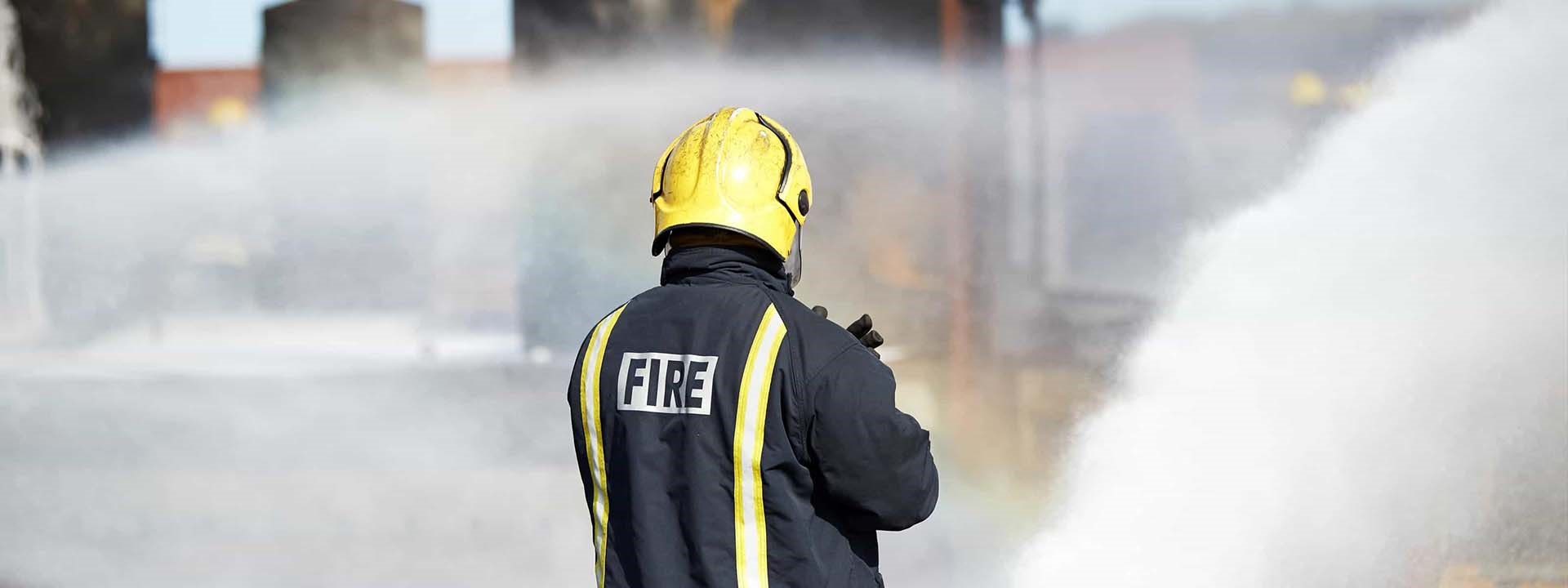Why aren’t we talking about managing the risks around e-micromobility rentals and Lithium-Ion battery returns?
Lithium-Ion (Li-Ion) batteries are a well-known fire hazard in most areas of modern life. Risks exist from the smallest of mobile phones to the largest energy storage batteries. All Li-Ion batteries pose a serious safety risk for people and property alike, if not stored, maintained, and recycled/disposed of properly.
Within the wide range of Li-Ion uses, fires involving an e-bike or e-scooter are the fastest growing risk for fires in London, and across the UK.
In 2023, the London Fire Brigade was called out to, on average, an e-scooter or e-bike fire once every two days. And in 2021, Transport for London (TfL) were forced to ban e-scooters from London's transport network due to the number of fires caused by e-micromobility vehicles.
But while the hazards associated with Li-Ion batteries – including those in e-scooters – are becoming more widely recognised by the public, fire fighters and the authorities, there is one key question missing from the dialogue:
How do we manage risk around battery returns?
Li-Ion fires result from batteries being tipped into an irreversible overheating process called thermal runaway, most often caused by impact damage, over-charging, or over-heating.
But for batteries which don’t have ‘one careful owner’ or which may not be used / charged in a consistent or safe manner, how can the people and premises handling those units approach the risk of thermal runaway and fire?
There are a significant number of guidance articles, webinars and presentations centred around the safe handling and charging of devices such as e-scooters and e-bikes, and a few even talk about the health hazards of the toxic gases and chemicals Li-Ion batteries can release.
But very few also consider the issue of ‘returns’, and this is something we should be talking about.
It is clear some major fire incidents have started in a used device/equipment that has been returned to a retail store, a repair and refurbishment workshop, or a manufacturer accepting end-of-life WEEE (Waste Electrical & Electronic Equipment) for re-purposing or recycling.
In fact, it has been known for some time that used (and abused) Li-Ion batteries are much more at risk of thermal runaway than new and unused batteries. The very act of using a Li-Ion battery device exposes the batteries to significant shaking, impact shock and the potential for being connected to poor quality or faulty chargers, which can trigger internal faults that lead to thermal runaway.
It is not surprising, therefore, that ‘returns’ in a commercial and industrial setting are much more of a hazard than new and unused batteries.
Commercial enterprises accepting returns will have to mitigate risk in several stages. The first of these may include educating their customer users about the risks to promote responsible use. We would also recommend a set standard of handling and processes within physical business premises to ensure safety. In addition, knowledgeable management of both the returns process and returns premises will help keep oversight of the risk landscape.
In February 2024, the UK government published helpful guidance for commercial premises handling e-scooters and e-bikes. It is strongly recommended that all premises managers refer to the London Fire Brigade’s Fire Safety Guidance Note GN103: charging and storage for electric powered personal vehicles.
Recommendations include:
- Locating storage and charging facilities such that a fire cannot obstruct means of escape from the building
- Ensuring ground-level entry is available, so firefighters can get direct access from the fire engine parking location, and providing premises information and signage
- Charging and storage in a basement may need smoke control systems upgrading
- Installing an automatically openable vent linked to the fire detector and also water-based fire suppression if not already in place
- Ensuring a means of raising the fire alarm is in place along with smoke detectors
- Ensuring an external means to isolate the electrical power for the storage/charging room is provided and clearly signposted
- Considering the implications of possible high-temperature fires on the building structure
- Considering how water run-off and contaminated water will be handled as fighting Li-Ion fires often involves considerable amounts of water
- Considering additional issues including the location of gas intake pipes
Source: E-cycle and e-scooter batteries: managing fire risk for premises - GOV.UK (www.gov.uk)
Despite the recent publication of broad recommendations, what is clear is that there is little public conversation around the complexity of Li-Ion ‘returns’.
Should we be pushing for the further development of battery monitoring technology, which records battery treatment and data output in real time? Should each return be subjected to more rigorous State of Health (SoH) checks? Should battery cells in e-bike and e-scooter – and even e-mobility scooter – rentals be tamper-proof, including being unable to take charge from a faulty charger?
Battery ‘returns’ are a real and relevant risk for all businesses handling Li-Ion cells, including rental companies, retail stores, repair workshops, and original equipment manufacturers (OEMs). We should be talking about it.

